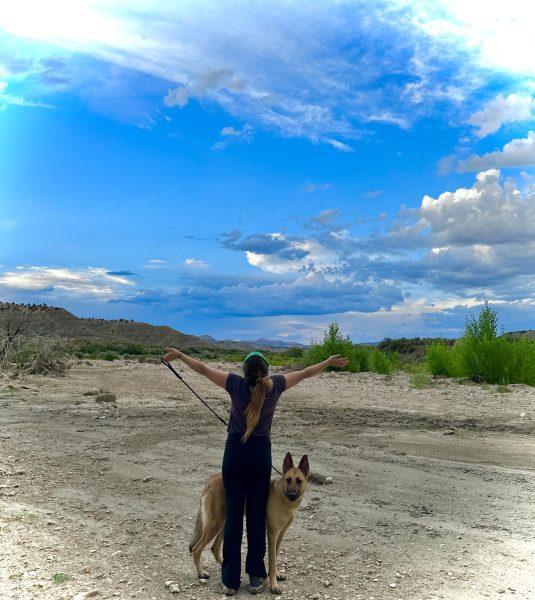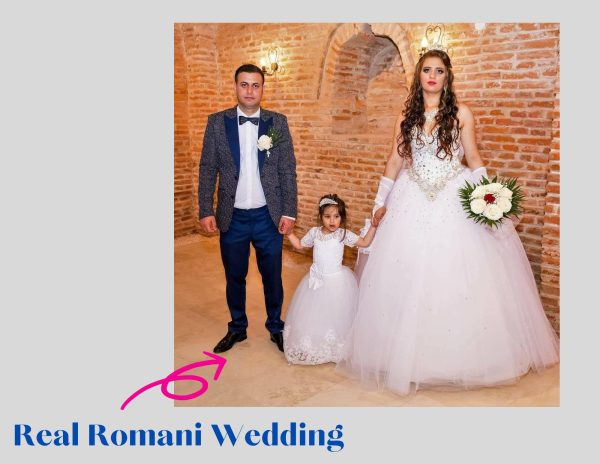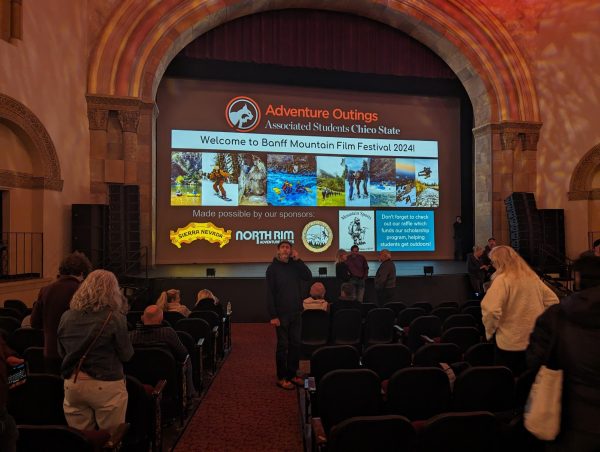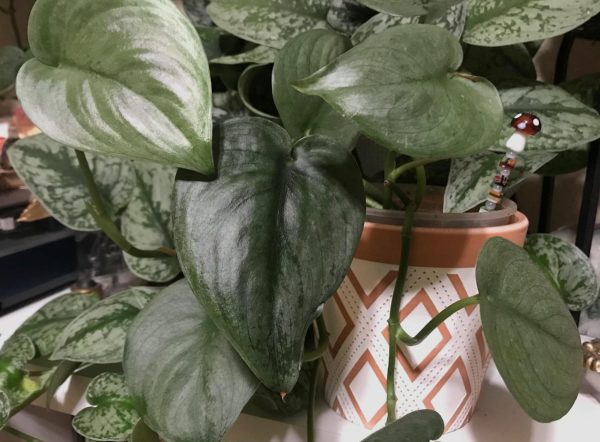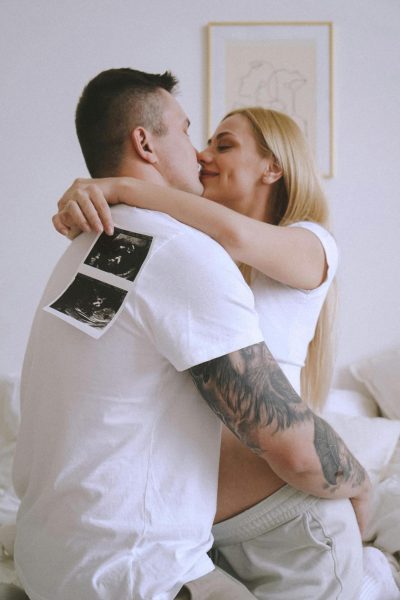Clothing and interview standards in the workplace
I remember my first job interview; it was for an assistant photographer position. I was so nervous, I wanted every aspect of the interview to be perfect. I wanted to be seen as a serious and responsible person who was worth hiring, both based on my qualifications and my appearance.
The day before the interview I tried on every professional piece of clothing that I owned. I did my research on the company, and based on what I saw, I thought I should dress a bit more upscale. I eventually decided on a black-striped blazer layered over a gray shirt, black velour slacks and a pair of ankle-high heeled boots.
However, when I arrived, my future boss was dressed in a pair of jeans and a T-shirt. It ended up being a very laid back interview, and I felt very out of place. This made me apprehensive when it came time for my next job interview. Once again, I did my research on the company, and I thought dressing up could benefit my position as a potential employee.
Though I was wary about my wardrobe, this time I dressed in a red, beaded shirt and the same black velour pants and heeled boots from my first interview. This shirt has since become my go-to shirt when it comes time for important appointments. I’ve never been the type of person who wears skirts or dresses in a business setting, which strikes me as normal. However, I’ve realized that this might not always be the case.
The Chico State Career Center, which gives students interviewing advice, created a Pinterest board to guide students on what to wear for interviews. They provide a variety of photos and clothing instructions for women who prefer to wear dresses and skirts or pants. However, they provide only a few photos of clothing options for people who are non-binary, and show men only wearing suits.
While this may have been normal in the past, society has evolved, and workplaces should too. Mike Wolcott, editor of the Chico Enterprise-Record, said that the dress code has evolved since he entered the journalism industry.
“This has changed a lot through the 42 years I’ve been doing this. In the 1980s, male reporters were usually expected to wear a shirt and tie, and women were expected to wear slacks/pants, suits, or something of a more-professional nature. Jeans and collarless shirts were a no-no,” Wolcott said.
Wolcott went on to say that since the pandemic began, people have been slowly adjusting back to prior standards, but that he hasn’t seen it change too much in the past 20 years or so.
Megan Odom, director of the Career Student and Student Employment Office, agrees that dress restrictions have changed, especially compared to pre-COVID times.
“It [dress expectations] is definitely changing, especially since COVID … The level of clothing expectations aren’t as high as they were pre-COVID,” Odom said.
Odom went on to say that it is important to research the place of employment that you plan on applying to. If possible try to reach out to current employees and ask them some questions.
Some places of work may have a stricter dress code, and therefore look for people who dress to impress during an interview. Odom suggests dressing “one step higher than the regular employee dress code.”
There may be more than one way to make a first impression. Someone applying for a job could decide to go the typical suit, button-up shirt, slacks, skirt or dress route, but maybe there is another option, one that incorporates a certain amount of individualism. Personally, at my current job, I often wear band or movie-referencing shirts to work, because that is my brand of individualism.
At a more casual place of work, like BaT Comics & Games on Broadway in Downtown Chico, employees often do include a sense of individuality in their clothing choices.
Trent Walsh, owner of BaT Comics & Games, says that when it comes to interviewing potential employees, what applicants wear has little impact on his decision, but he does expect them to put some effort behind what they wear.
Walsh also said that he believes “the employees’ individualism adds to the atmosphere of the store,” and that he has considered implementing a stricter dress code, such as a company shirt, but ultimately always decides against it.
Wolcott is a little more specific when defining how he would prefer applicants to dress professionally.
“If it comes down to ‘This is what I wear to work every day now’ and ‘This is the very best choice I can make to make a strong impression as a qualified, professional candidate,’ I always lean strongly toward the latter,” Wolcott said. “As the old saying goes, you get only one chance to make a first impression.”
Odom believes that first impressions are incredibly important as well. She also believes that when it comes to including a sense of individuality in interview clothing, it is up to the candidate. If people, like me, who decide to incorporate a little bit of personality into their clothing, some employers may think that it’s cool, and others may consider it unprofessional.
“It is up to the candidate to make a calculated risk, it could work for you, or against you,” Odom said.
Despite obvious differences between the two places of business, the Chico Enterprise-Record and BaT Comics & Games, Wolcott and Walsh both agree that personality is key during the interview process.
Wolcott says that there is no “one thing” that he looks for. He wants people who can carry a conversation and who have a love for the business and a natural level of curiosity.
“I think anyone with the right attitude and skill set can still do a fantastic job in this industry and be happy doing it,” Wolcott said.
Wolcott is in a unique position as an editor in the journalism industry. He has to manage multiple people who cover a variety of topics, and therefore require different levels of professionalism.
“I wouldn’t necessarily expect a lifestyles reporter to dress like a business reporter any more than I’d expect a sportswriter to cover a game dressed the same as the reporter covering a board of supervisors meeting. If I have any one rule on this, it’s ‘respect your role and the people you’ll be speaking with,’” Wolcott continued.
Walsh says that he looks for “excitement and personality” in an applicant. An applicant can demonstrate that they have knowledge of items sold at the store like games or comics, either in a broad or specific sense.
A guest speaker in one of my classes told us that one of the things he likes to ask applicants during an interview is “Have you watched the ‘Shawshank Redemption?’” To which he followed up his statement by saying that he doesn’t care about whether or not they have or haven’t seen it, he just wants to have a conversation with the person.
In regards to interview questions like this, Odom said that the best thing that you can do is answer truthfully and say something like, “I don’t know ‘x, y, z,’ but I do know ‘such and such.’” She also says that a way to be prepared for questions like these is to practice, this is the number one preparation technique to use.
“Practice with someone that you do know and someone that you don’t know … this is the best way to get past the nervousness,” Odom said.
Going through lockdowns and living in a post-COVID society has changed numerous practices, including how businesses and people conduct themselves. As Wolcott and Odom stated, clothing restrictions have changed since pre-COVID, and have definitely changed since the 1980s. As our social and cultural norms change and adapt over the years, business practices and expectations will as well.
The professional stereotype needs to change, and everyone should be more aware of expectations for different places of work. If your work dress code isn’t too stringent, consider talking to the manager, owner or whoever else decides the dress code, and see if you can spark some change regarding clothing standards in the workplace.
Ariana Powell can be found at [email protected].









